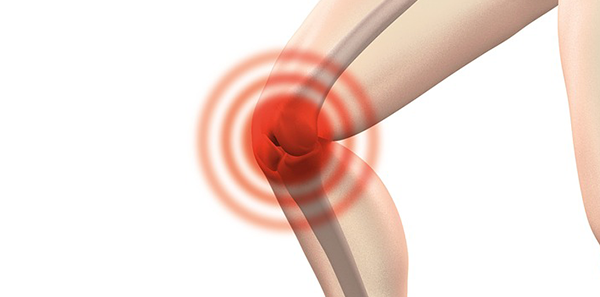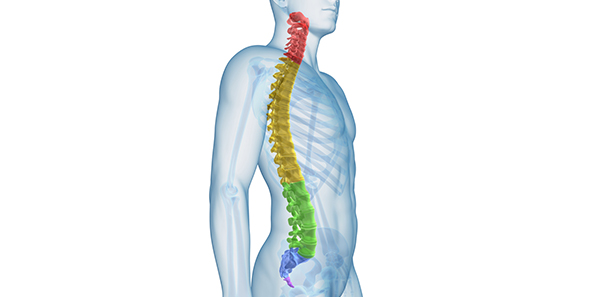
Nowadays, due to the physical demands of modern society, the sport has become one of the population's most important pastimes. Age is no longer such an important factor, and because of this, joint conditions caused by overuse, mechanical overload, wear, and tear, etc, are the reason for many medical consultations.
It is very common to see “athletes” of all ages doing sport with real passion, without worrying or realizing they could be causing or speeding up processes of joint deterioration if they do not take adequate precautions, especially on the lower, weight and load-bearing joints. Being overweight also causes significant happens after surgery to regulate or reshape the menisci, whose function is to maintain joint congruency and the joint space to act as”Shock absorbers”.
Degenerative osteoarthritis of the knee, as we have seen, is very common and increasingly prevalent In our society. One of the treatments that can be used in this condition is hyaluronic acid.
What is it?
Hyaluronic acid (HA) is a natural component of joint structures. It is secreted into the joint space by the synovial cell, is a component of the lamina splendens of articular cartilage and form complex macromolecules known as proteoglycans (glycosaminoglycan polysaccharide). It helps to maintain joint integrity. In patients with arthrosis, a decrease in the concentration of HA and viscosity in the synovial liquid has been observed. Administration of exogenous HA improves viscosity and reduces inflammation.
It is also used in cosmetic surgery as a filler and to smooth wrinkles, although as a natural substance it is metabolized by the body and therefore has a temporary effect.
What is it useful for?
HA is authorized for symptomatic treatment of pain caused by arthrosis of the knee in initial stages.
Cartilage regeneration is a great battle which is almost always lost with age. Studies show that after infiltrating HA and subsequent arthroscopic checks after six months, noticeable improvements are seen in malaria lesions and cartilage degeneration, which may even disappear, although there was less resistance to pressure by the probe. That is why viscosupplementation or treatment with HA helps to regenerate the Surface of the joint and reduces pain.
To whom is it useful to?
Age is not the main factor for the indication but the condition of the joint is.
In the majority of patients aged over 65 years old and in more advanced stages (III and IV), the treatment is not so effective and results cannot be guaranteed, although clinical experience shows improvement in joint function and pain intensity and in cases where surgery is not advisable, it can be used.
When compared with anti-inflammatory treatment, it was seen to be as effective as these at controlling pain. Comparing HA and infiltration with corticosteroids, the symptomatic improvement was the same, with the quicker decrease in pain with the corticoid but a longer-lasting effect with the HA.
This treatment does not replace other action in cases of established arthrosis whose definitive treatment is total knee arthroplasty or total knee replacement.
Is there any risk?
The main risk is related t the administration route and technique. It has the contraindications intrinsic to joint injections. Neither is it suitable for people allergic to chicken proteins. The injection needs to be applied in sterile conditions to reduce the risk of infectious arthritis, and of course, everybody Will understand that it is a job for trained medical personnel.
Signs of transitory articular information have been described for three or four days and there have been isolated cases of synovitis and anaphylaxis.
Conclusion:
Intraarticular infiltration with hyaluronic acid is indicated in the treatment of arthrosis of the knee in the initial stages. It reduces joint pain and improves knee function in a high percentage of patients.
Dr. Fernando Ruiz Valiente- Traumatology and Orthopaedic Surgery
The information published in this media neither substitutes nor complements in any way the direct supervision of a doctor, his diagnosis or the treatment that he may prescribe. It should also not be used for self-diagnosis.
The exclusive responsibility for the use of this service lies with the reader.
ASSSA advises you to always consult your doctor about any issue concerning your health.












